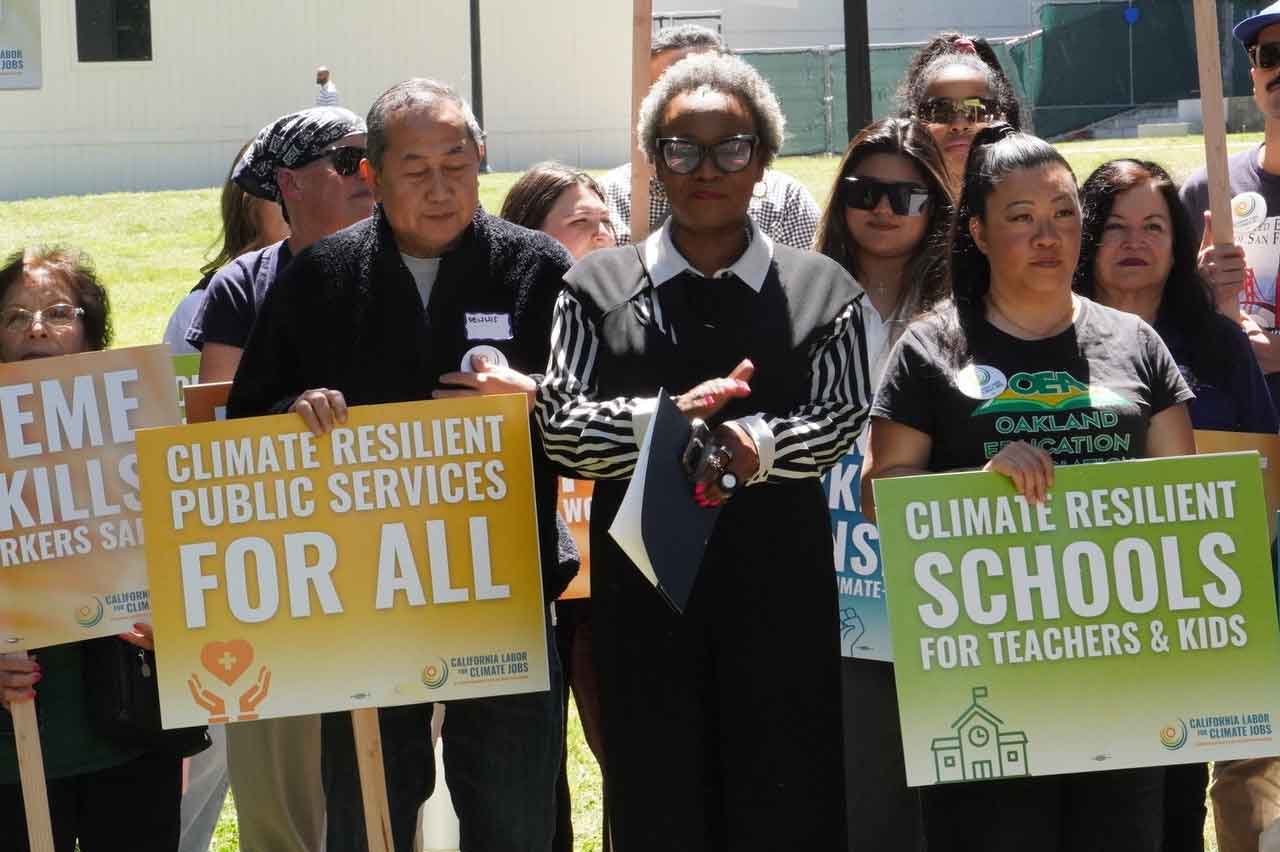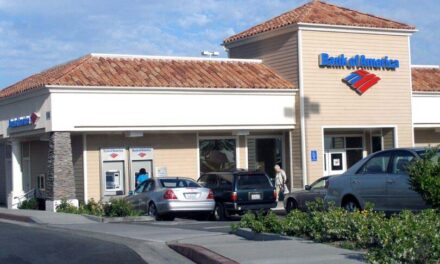Asm. Mckinnor Pushes Bill to Protect California Workers From High Heat, Other Climate Hazards
On May 6, employees from industries across the private and public sectors – including utility, domestic, janitorial, healthcare, oil and gas, and farm workers – joined educators and others in Sacramento to push lawmakers to strengthen the state’s health and safety enforcement systems.

By Antonio Ray Harvey | California Black Media
On May 6, employees from industries across the private and public sectors – including utility, domestic, janitorial, healthcare, oil and gas, and farm workers – joined educators and others in Sacramento to push lawmakers to strengthen the state’s health and safety enforcement systems.
The rally at the State Capitol was organized by a statewide coalition of 15 worker unions called California Labor for Climate Jobs (CLCJ).
Organizers say their campaign to pressure legislators and state officials to not abandon their responsibility to protect workers is urgent as climate hazards rise and federal government efforts to pull back on oversight and enforcement increase.
“Approximately 19 million workers in the state are here together to have a say in what happens next,” said Norman Rogers, Vice President of United Steelworkers Local 675. “In seven of the last eight years, California has recorded record-high temperatures while workers from our state’s fields to our commercial kitchens, from our warehouses to our schools continue to work in dangerously high-heat conditions.”

Norman Rogers, Vice President of United Steelworkers Local 675, says the California Labor & Climate Jobs (CLCJ) coalition is urging lawmakers to strengthen Cal/OSHA protections for workers facing extreme climate conditions. CBM photo by Antonio Ray Harvey.
Cal/OSHA provides protection and improves the health and safety of working men and women in the state. The agency also enforces public safety measures to protect passengers riding on elevators, amusement rides, tramways, and more.
According to a 2023 report by the American Federation of Labor and Congress of Industrial Organizations (AFL-CIO), workplace hazards are responsible for killing approximately 140,000 workers each year, including 5,283 from traumatic injuries.
Hazardous working conditions have caused an estimated 135,000 deaths from occupational diseases. That’s about 385 workers dying each day, according to the report.
“We need to do more to ensure Cal/OSHA has the ability to enforce these critical new safety standards,” said Amber Parrish, Executive Director of UFCW Western States Council.
Assemblymember Tina McKinnor (D-Inglewood) spoke at the rally to discuss legislation she authored, Assembly Bill (AB) 694, which proposes a pathway to jobs for Cal/OSHA to ensure stronger public safety enforcement.
According to CLCJ, Cal/OSHA is experiencing an understaffing crisis that is evident in the agency’s 43% vacancy rate.
McKinnor, a member of the California Legislative Black Caucus (CLBC), said the bill aims to fully staff the state agency with enforcement agents who have expertise in working in California’s most dangerous work environments.
The Assembly Committee on Higher Education voted 9-0 to advance AB 694 on April 29. It is now headed to the Committee on Appropriations for consideration.
“Extreme heat is on the rise, with year-over-year, record-breaking temperatures that threaten the health and safety of California workers, from warehouse workers who lack adequate cooling, to janitors cleaning buildings after the air conditioning has been turned off, to line chefs cooking in unventilated kitchens,” McKinnor said at the rally.
McKinnor continued, “We must urgently shore up our health and safety systems, so we can enforce California heat standards and safeguard worker health.”
On Jan. 20, President Donald Trump issued a presidential executive order “Regulatory Freeze Pending Review,” directing “all executive departments and agencies” to refrain from proposing or issuing “any rule in any manner.”
The directives included a broad range of OSHA activities, such as rulemaking connected to “Heat Injury and Illness Prevention in Outdoor and Indoor Work Settings” and the “Emergency Response Standard.”
“Do not propose or issue any rule in any manner, including sending a rule to the Office of the Federal Register (the ‘OFR’), until a department or agency head appointed or designated by the President after noon on Jan. 20, 2025, reviews and approves the rule,” Trump’s memorandum stated.
According to CLCJ, workers across the state are experiencing unhealthy working conditions caused by a range of circumstances — from extreme heat in agricultural fields and
packing plants to smoke-filled classrooms that lack adequate HVAC systems.
Cory Jong, an eighth-grade ethnic studies teacher in the Bay Area and member of the Oakland Education Association, said she and her colleagues are constantly shielding their students from extreme heat. They also struggle to keep fresh water in the classrooms.
“We need immediate action, and we need infrastructure repairs, which will take a few years to implement,” Jong said at the rally. “We need to begin now.”
CLCJ released the California Worker Climate Bill of Rights last fall, urging state legislators to propose policy solutions to protect workers from climate hazards such as extreme heat, fires, smoke, and floods.
Norman Rogers, Second Vice President of United Steelworkers Local 675 in Carson, said oil refinery operations around the state pose “the most hazards.” He also pointed out that there has been a 70% vacancy rate in the Cal/OSHA Process Safety Management Division, which inspects those worksites.
“AB 694 seeks to recreate Cal/OSHA to hire union oil and gas workers leveraging the knowledge, health and safety training, and process safety training used daily to ensure safe, compliant refinery operations,” Rogers added.











